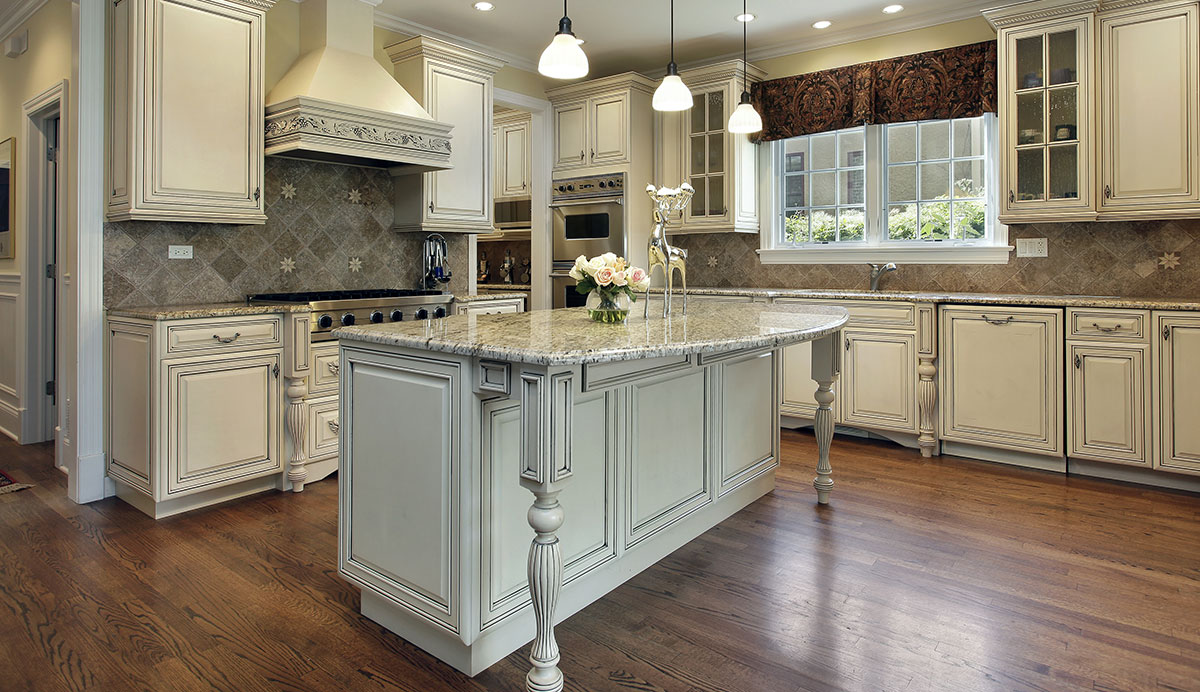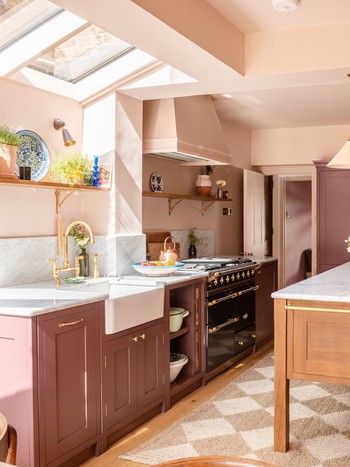Explore Modern and Standard Styles in Legs For Kitchen Island Tasks
Explore Modern and Standard Styles in Legs For Kitchen Island Tasks
Blog Article
Trick Factors To Consider for Discovering the Best Legs For Kitchen Island for Your Layout
When choosing the ideal legs for your kitchen area island, numerous essential factors to consider come right into play that can considerably affect both capability and aesthetic appeals. The selection of style, material, and elevation need to straighten with your overall kitchen style to make certain an unified look.
Determine Your Style Preference
When picking the ideal legs for your kitchen island,Identifying your style preference is important. The legs of your cooking area island not just offer a useful objective yet also contribute significantly to the overall aesthetic of the space. For that reason, determining your design style-- be it contemporary, rustic, conventional, or industrial-- is vital.
For a modern-day kitchen, think about sleek, minimalistic legs that match tidy lines and open areas. Typical cooking areas typically prefer transformed or elaborate legs, which can add a touch of style and class.
Furthermore, consider the elevation and percentage of the legs in regard to the island's surface area. This guarantees the aesthetic equilibrium and performance essential for everyday use. Assessing the existing elements in your kitchen area, such as kitchen cabinetry and home appliances, can additionally guide your decision, ensuring cohesiveness in style. Inevitably, your design preference will affect not just the selection of legs but likewise the total consistency of your kitchen's style.
Pick the Right Product
Picking the right material for your kitchen island legs is critical in making sure both sturdiness and aesthetic allure. Various materials offer distinct advantages, and the choice typically shows your style preferences and functional requirements.
Wood is a popular choice, providing warmth and versatility. It can be stained or repainted to match your cooking area style, making it versatile to different styles, from rustic to contemporary. However, wood might call for routine maintenance to preserve its appearance and honesty.

If you seek an one-of-a-kind touch, consider acrylic or glass products. They can develop an illusion of area and agility in your kitchen, making them an exceptional selection for smaller areas - Legs For Kitchen Island. Nonetheless, these options may need mindful handling and maintenance to prevent scrapes.
Eventually, the product you pick should align with your kitchen area's total layout, ensuring that the legs serve both practical and ornamental purposes.
Consider Height and Proportions
When creating a cooking area island, elevation and percentages play a crucial role in ensuring performance and convenience. The typical elevation for a cooking area island typically ranges from 36 to 42 inches, aligning with standard counter elevations or bar elevations, specifically. This dimension is important for balancing with surrounding feceses and counter tops, allowing simplicity of use throughout dish preparation and social interactions.
Additionally, the island's percentages have to match the general kitchen format. A well-proportioned island needs to not bewilder the space; rather, it needs to produce a balanced visual. Take into consideration the ratio between the island's size and length, ensuring it gives appropriate surface area without crowding the kitchen. A basic guideline is to maintain a size of 24 to 48 inches, helping with activity and availability.
Furthermore, the elevation of the legs or base can influence the visual charm and functionality. Taller legs might lend a much more contemporary, airy feeling, while much shorter ones can evoke a typical, grounded look. Ultimately, meticulously considering elevation and proportions will cause a kitchen island that is both functionally reliable and visually attractive, boosting the overall style of the room.
Assess Stability and Longevity
A kitchen island's legs need to not just complement its height and proportions but also give ample security and longevity to support day-to-day activities. The legs are important to the overall functionality of the island, as they birth the weight of the kitchen counter and any additional tons, such as devices or food prep work tasks.
When evaluating stability, it is vital to take into consideration the leg design and material. For instance, strong steel or strong wood legs usually offer exceptional stamina compared to lighter materials like engineered wood or plastic. Additionally, a larger base can improve stability, decreasing the risk of tipping or wobbling throughout usage.
Longevity is just as vital; the legs need to stand up to damage from day-to-day usage. Think about surfaces that safeguard against scratches, damages, and dampness, particularly in a kitchen area environment. Examine the high quality of construction, such as joints and attachments, which can considerably impact the legs' lasting performance.
Ultimately, buying well-crafted legs that prioritize stability and durability will certainly ensure your kitchen island continues to be a trusted office for years ahead, improving your culinary experiences while keeping aesthetic allure.
Element in Upkeep and Treatment
Upkeep and care are critical factors to consider for guaranteeing the long life and performance of cooking area island legs. When selecting legs, it is crucial to examine the products utilized, as various choices call for varying levels of upkeep. Wooden legs might need routine refinishing or securing to prevent moisture damage and scrapes, while metal legs might require routine polishing to preserve their luster and stop rust.
Additionally, the surface put on the legs can influence maintenance needs. A high-gloss covering might be much easier to tidy yet can reveal fingerprints and scratches a lot more readily than a matte finish. It is suggested to pick materials and surfaces that match your way of living; as an example, if you often organize celebrations, choose sturdy products that can endure wear and tear.
Furthermore, think about the cleansing process associated with keeping these legs. Smooth surfaces often require marginal effort, while detailed layouts might accumulate dirt and crud, demanding even more my review here labor-intensive cleaning techniques. Legs For Kitchen Island. Eventually, factoring in the upkeep and care required for your selected cooking area island legs will certainly not just improve their aesthetic appeal yet also ensure their functional integrity with time
Final Thought
In conclusion, picking the ideal legs for a cooking area island necessitates careful factor to consider of different elements, including design style, product choice, security, height, and upkeep. Each aspect plays a critical role in ensuring that the legs not just improve the visual charm of the cooking area however also provide the essential support and sturdiness for everyday usage. A knowledgeable decision will inevitably add to a functional and aesthetically pleasing kitchen setting.
The legs of your kitchen island not just serve a useful function but likewise add substantially to the overall aesthetic of the room.Maintenance and treatment are crucial factors to consider for guaranteeing the long life and performance of cooking area island legs. Wooden legs might require regular refinishing or securing to avoid dampness damage and scratches, while steel legs may need normal polishing read the article to preserve their blog luster and avoid corrosion.
Ultimately, factoring in the upkeep and treatment required for your selected cooking area island legs will certainly not only boost their aesthetic charm however additionally ensure their practical honesty over time.

Report this page